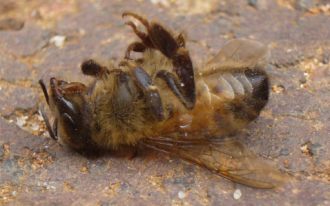
Pesticides in Colonies Linked to Honey Bee Deaths
By: Kirsten Traynor and Dennis vanEngelsdorp, et al* Honey bee colonies in the United States have been dying at high rates for over a…
Read More
By: Kirsten Traynor and Dennis vanEngelsdorp, et al* Honey bee colonies in the United States have been dying at high rates for over a…
Read More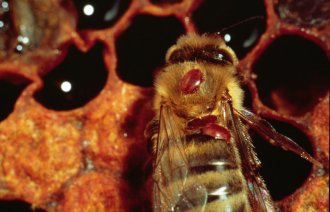
By: Denise Ohio and Catherine Minden We live in the foothills of the Cascades in western Washington, northeast of Seattle. While we’re not technically in…
Read More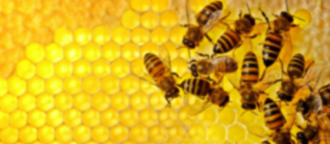
By: Ann Harman While Old Man Winter is delivering wind and snow to the north, let’s take a little vacation way down south where…
Read More
By: Jay Evans What’s Going On At The Beltsville Bee Lab? Practical research discoveries follow a twisting path. Basic research driven by the human…
Read More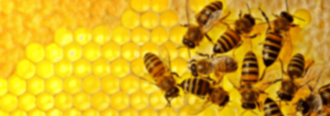
By: Clarence Collison VARROA MITE POPULATION GROWTH A factor that might contribute to the growth of Varroa populations is the migration of mites into…
Read More
Notes From The Hawaii Meeting By: Malcolm Sanford The 2016 version of the Western Apicultural Society (WAS) met in Hawaii October 12 through 15…
Read More
We need a speaker! Well, here’s some ideas for your club. It’s January and the East Cupcake Beekeepers Association does not have a speaker…
Read More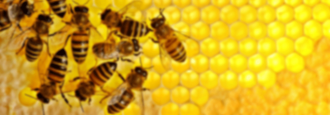
PARASITE, PATHOGEN, PESTICIDE, POLLINATOR INTERACTIONS Honey bees are suffering from elevated colony losses in the northern hemisphere possibly because of a variety of emergent…
Read More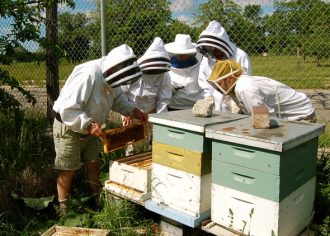
Iraqi Youth Learn From Oregon Beekeepers By: Charlie Vanden Heuvel Portland Urban Beekeepers (PUB) hosted a delegation of enthusiastic, Iraqi Young Leaders Exchange Program…
Read More
What Is It and Why Is It Important? In June 2016, researchers from the University of Texas at Austin published the study “Gut Microbial…
Read More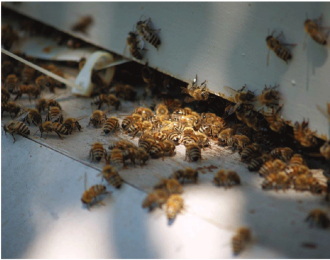
Orientation Flights And Scouting Behavior By: Clarence Collison Honey bees take repeated orientation flights before becoming foragers at about three weeks of age (Winston 1987)….
Read More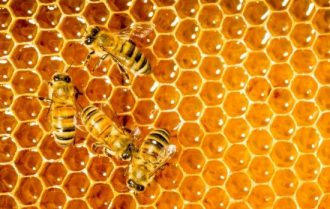
Varroa Mite Phoretic Phase By: Clarence Collison The Varroa mite life cycle consists of two distinct phases: a phoretic phase during which the females…
Read More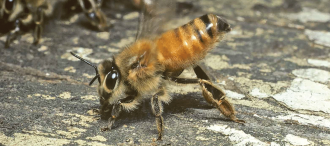
What we can learn from the bees. by-Tony Harris Honey bees perform the waggle dance on the comb within a nest to inform other…
Read More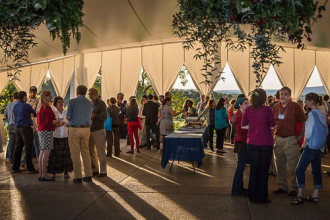
by-Michele Colopy The Third International Conference on Pollinator Biology, Health & Policy, held July 18-20, 2016 at Pennsylvania State University. It was supported by…
Read More
by- Chris Cripps A Q&A on FDA’s new antibiotic regulations. Q. I heard I have to have a veterinarian for my bees –…
Read More
by- Jerry Bromenshenk The face of beekeeping education looks vastly different than it did 10 years ago and is continuing to change. There is…
Read More
Sperm Viability by- Clarence Collison The survival of a honey bee colony depends, in part, on the reproductive success of the queen, which in…
Read More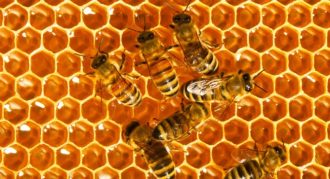
The nutritional value of pollen has been demonstrated by measuring such diverse parameters as the growth and development of fat body, the development of…
Read More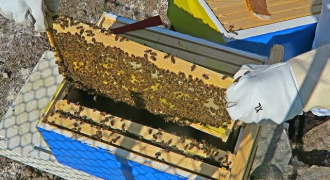
By Jennifer Berry This past June, Brushy Mountain Bee Farm had a Field Day,which attracted about 150 participants. I was invited to lecture on…
Read More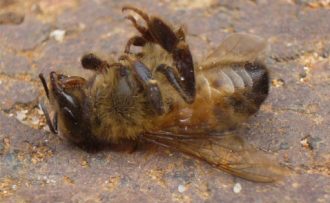
By: Gail Wells and Moneen Jones Two new ways to stop killing bees! Protecting bees from pesticides just got easier with the release by…
Read More